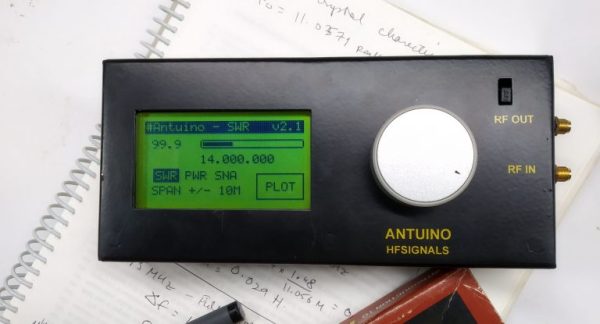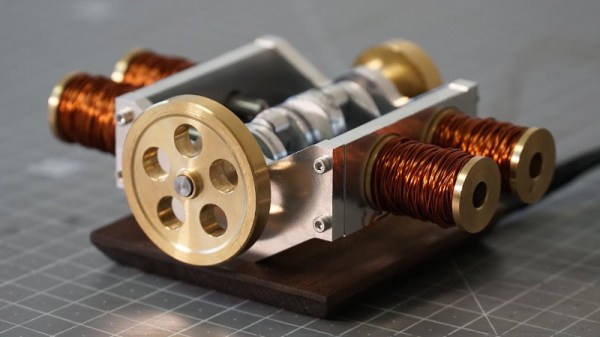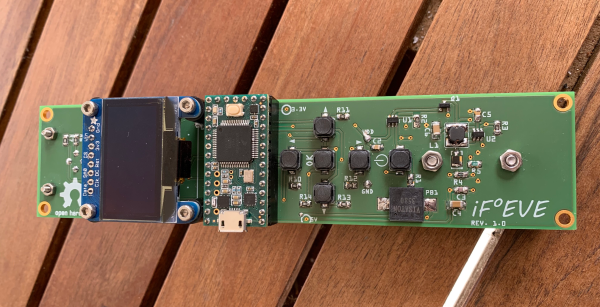Since the release of the original Raspberry Pi single board computer, the WiringPi library by [Gordon] has been the easy way to interface with the GPIO and peripherals – such as I2C and SPI – on the Broadcom SoCs which power these platforms. Unfortunately, [Gordon] is now deprecating the library, choosing to move on rather than deal with a community which he no longer recognizes.
Among the points which he lists are the (commercial) abuse of his code, and the increasing amount of emails and messages on social media from folk who either failed to read the friendly manual, or are simply rude and inconsiderate. As [Gordon] puts it, WiringPi was never meant to be statically linked into code, nor to be used with anything other than C and RTB BASIC programmers. He never supported the use of the library with other languages, or having it statically integrated into some Java/JavaScript/NodeJS project.
As this secondary use is what’s draining the fun out of the project, he has decided to put out one final release, before making it a closed-source project, for use by himself and presumably paying clients. What the impact of this will be has to be seen. Perhaps a new fork will become the new ‘WiringPi’?
Suffice it to say, none of this is a good thing. The illegal use of open source code and the support nightmare that gets poured on the authors of said code by less than informed users is enough to drive anyone away from putting their projects out there. Fighting abuse and junking the ‘spam’ is one way to deal with it, but who has the time and energy (and money) for this?
What are your thoughts on this news, and this issue in general? How should an open source developer deal with it?
Thanks to [Dirk-Jan Faber] for sending this one in.






















